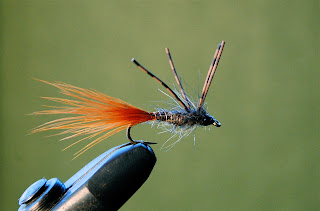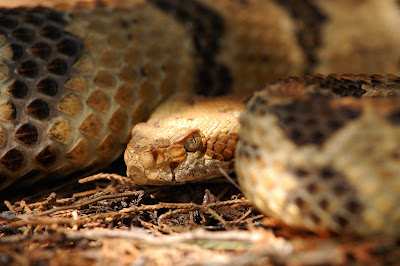 |
| Completed caddis fly |
The caddis fly belongs to the order Tichoptera (latin for hairy wing). Caddis flies are available to trout at all times of the year, so this is a good go-to fly to add to the box.
 |
| Actual, live caddis flies ©Frank Greenaway/Dorling Kindersley |
Materials: Size 8, 3X nymph hook, black 6/0 thread, black tungsten bead, lead wire, green dubbing, black saddle feather, sand, silicone.
Anchor your tungsten bead at the bend of the hook using the thread, then wrap the shank with lead wire. Tie in your dubbing behind the bead and then tie in the saddle feather making one complete wrap. Coat the lead-wrapped shank with silicone and roll the fly in sand. I also added a clear coat of shiny nail polish to the shell for that extra gleam.




















































